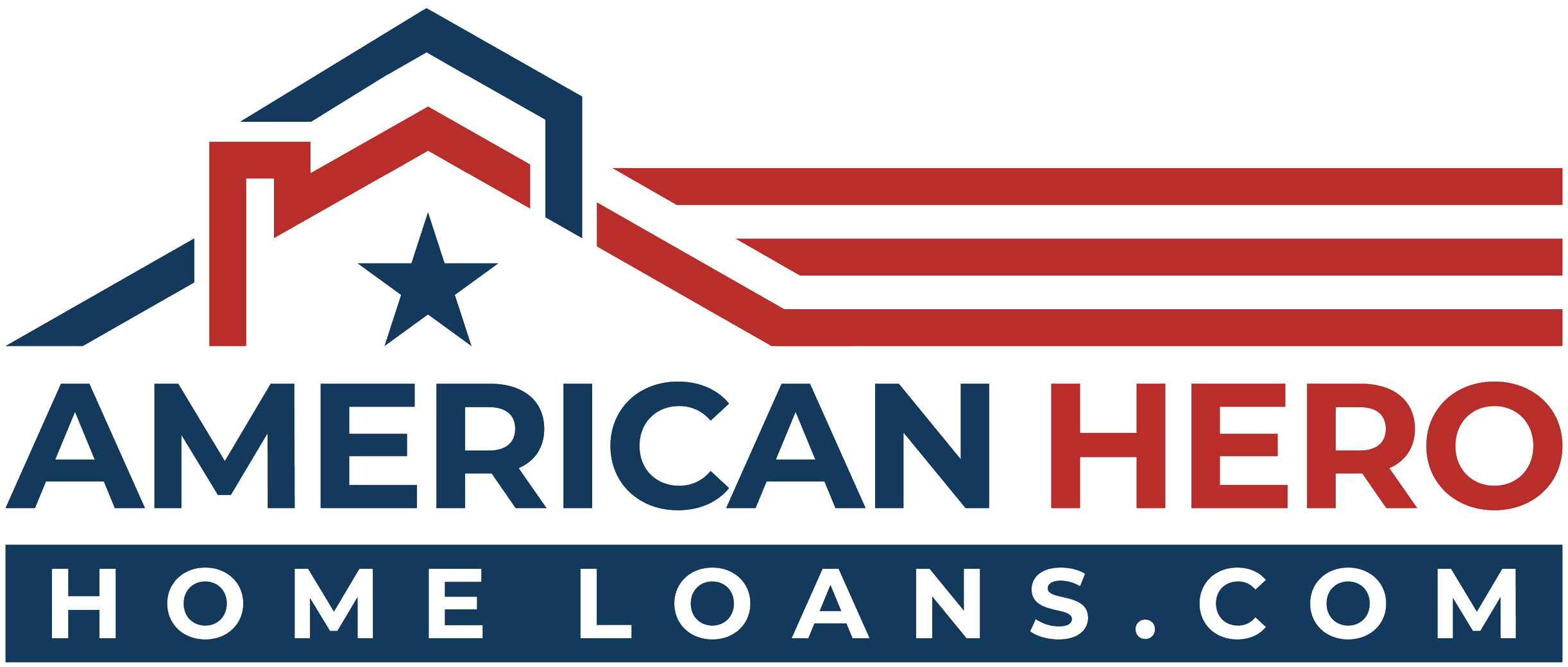If you're looking to buy a home right now, you might notice it's a bit…
Guide to Understanding Mortgages: Types, Rates, and the Application Process
Navigating the world of mortgages can be complex. This detailed guide aims to demystify various mortgage types, explain how rates are determined, and outline the application process, focusing on VA, FHA, and conventional loans.
- Fixed-Rate Mortgages: These mortgages maintain the same interest rate throughout the loan term, typically 15 to 30 years, ensuring consistent monthly payments. Ideal for buyers who prefer stability and plan to stay in their home long-term.
- Adjustable-Rate Mortgages (ARMs): ARMs offer initial lower interest rates that adjust over time based on market trends. They’re suitable for those expecting to move or refinance in a few years.
- VA Loans: Available to veterans, active-duty service members, and some military spouses. These loans are backed by the Department of Veterans Affairs and offer significant benefits like no down payment, no requirement for PMI, and more lenient credit requirements.
- FHA Loans: Insured by the Federal Housing Administration, these loans are popular among first-time buyers due to lower down payments (as low as 3.5% for credit scores of 580 or higher) and more flexible credit criteria. However, they require mortgage insurance premiums.
- Conventional Loans: These are not government-insured and typically require higher credit scores and larger down payments. They offer more variety in terms and conditions and include both conforming and non-conforming loans.
2. Understanding Mortgage Rates Mortgage rates are determined by a combination of personal and external factors. Your credit score, down payment size, loan term, and loan type all play a role. Additionally, economic conditions, such as inflation and federal monetary policy, can influence rates. A higher credit score often leads to more favorable rates, reducing the overall cost of the loan.
3. The Mortgage Application Process
- Pre-Approval: This initial step gives you an idea of how much you can borrow and shows sellers you’re serious. It involves a preliminary review of your financial status.
- Formal Application: After finding a property, you’ll complete a formal application, providing detailed financial information.
- Approval Process: The lender assesses your application, considering your creditworthiness and the property’s value. This step may involve additional documentation and verification.
4. Specifics of VA, FHA, and Conventional Loans
- VA Loans: They require a certificate of eligibility and typically have no loan limits. Closing costs are often lower, but a funding fee is required unless exempted.
- FHA Loans: Ideal for lower-income or credit-challenged buyers. They include upfront and annual mortgage insurance premiums, which increase the loan’s cost over time.
- Conventional Loans: These loans offer more flexibility in terms and conditions but often require a more rigorous approval process. They’re ideal for buyers with stronger credit profiles and higher down payments.
Conclusion Understanding the nuances of different mortgage options is key to making an informed decision. Whether it’s a VA, FHA, or conventional loan, each type caters to specific needs and financial situations. By comprehending these details, you can confidently navigate the mortgage process and move closer to owning your dream home.
To read part 1 of this series, Embarking on Your Home Buying Journey: A Comprehensive Guide for First-Timers, click here.





